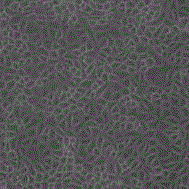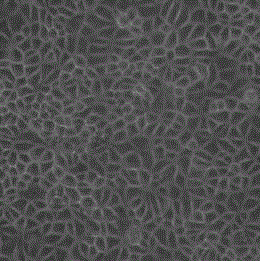Method for producing ring II type DBN-SX07 strain virus for pigs by seroculturing PK-15 cells
A technology of DBN-SX07 and PK-15, which is applied in the field of veterinary biology, can solve problems such as unexamined, and achieve the effects of reducing production costs, expanding production scale, and improving quality
- Summary
- Abstract
- Description
- Claims
- Application Information
AI Technical Summary
Problems solved by technology
Method used
Image
Examples
Embodiment 1
[0036] Embodiment 1: the method for cultivating PK-15 cells with low serum to produce porcine circular type II type DBN-SX07 strain virus, it may further comprise the steps:
[0037] S1. Subculture and culture of cells for preparation:
[0038] Take a T75 flask and culture a monolayer of PK-15 cells, digest the cells with EDTA-trypsin cell dispersion solution, the EDTA-trypsin cell dispersion solution is a mixture of 0.15% trypsin and 0.02% EDTA in Hank's solution solution; use cell growth solution to blow and disperse cells, add 20ml cell growth solution, and place PK-15 cells in a carbon dioxide incubator at a temperature of 37±2°C for 72 hours. When a good cell monolayer is formed, carry out amplified culture. The above-mentioned cell growth medium is DMEM culture medium with 10% serum content;
[0039] S2. Adapting cells to low serum medium: including the following sub-steps:
[0040] S21. Domestication of first generation cells:
[0041] Inoculate the PK-15 cells expan...
Embodiment 2
[0055] Embodiment 2: the method for culturing PK-15 cells with low serum to produce porcine circotype II type DBN-SX07 strain virus, it may further comprise the steps:
[0056] S1. Subculture and culture of cells for preparation:
[0057] Take a T75 flask and culture a monolayer of PK-15 cells, digest the cells with EDTA-trypsin cell dispersion solution, the EDTA-trypsin cell dispersion solution is a mixture of 0.15% trypsin and 0.02% EDTA in Hank's solution Blow and disperse cells with cell growth medium, add 20ml of cell growth medium, place PK-15 cells in a carbon dioxide incubator at a temperature of 37±2°C for 72 hours, and carry out amplified culture when a good cell monolayer is formed. The above cell growth medium is 10% serum content MEM culture medium;
[0058] S2. Adapting cells to low serum medium: including the following sub-steps:
[0059] S21. Domestication of first generation cells:
[0060] The Marc-145 cells expanded and cultivated in step S1 were inoculat...
Embodiment 3
[0074] Embodiment 3: low serum medium acclimates PK-15 cell effect
[0075] Use T75 cell flasks, 37 ℃ static culture adapted to the fourth generation of PK-15 cells in low serum medium, the ratio of serum addition is 1%, 2%, 3%, 4%, 5% five gradients, and the serum content used is set to The PK-15 cells cultured in 10% DMEM was used as the control group, and the results were as follows: figure 1 , figure 2 , image 3 , Figure 4 , Figure 5 , Figure 6 See Table 1 for the indicators during the cell culture process.
[0076] Table 1: Effects of MD series low-serum medium on acclimatization of PK-15 cells
[0077]
[0078] It can be seen from Table 1 that the average cell yield, cell activity and average specific growth rate of the experimental group were higher than those of the control group.
PUM
 Login to View More
Login to View More Abstract
Description
Claims
Application Information
 Login to View More
Login to View More - R&D
- Intellectual Property
- Life Sciences
- Materials
- Tech Scout
- Unparalleled Data Quality
- Higher Quality Content
- 60% Fewer Hallucinations
Browse by: Latest US Patents, China's latest patents, Technical Efficacy Thesaurus, Application Domain, Technology Topic, Popular Technical Reports.
© 2025 PatSnap. All rights reserved.Legal|Privacy policy|Modern Slavery Act Transparency Statement|Sitemap|About US| Contact US: help@patsnap.com



